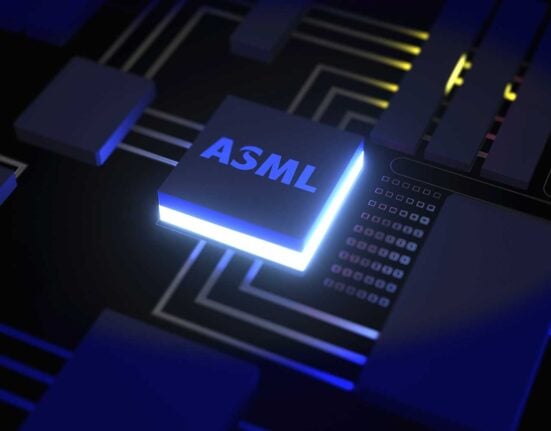Silicon is rife in electronics. In fact, devices built on silicon account for roughly 94% of the semiconductor market. But why is it so popular? What is it that’s so great about silicon compared to other elements?
First, let’s take a look at what a semiconductor actually is.
According to Britannica Dictionary, a semiconductor is: a material or object that allows some electricity to heat or move through it and that is used especially in electronic devices.
Essentially, a semiconductor can be used to control the flow of energy through a device. For example, in transistors they can act as tiny high-speed switches, conducting or blocking current based on conditions such as heat and voltage.
What makes a semiconductor different from a conductor or insulator?
A semiconductor is not one specific material but a category of materials defined by how they conduct electricity. It’s this ability to sit between the two extremes, combined with the fact that they can be engineered to control the flow of current precisely, that makes semiconductors unique.
Silicon is a semiconductor material and in its pure crystalline form it doesn’t conduct well – it’s closer to an insulator (like rubber or glass) than a conductive metal (like copper or tin). But when it is carefully doped with tiny amounts of other elements, silicon becomes highly tuneable. This controllability, along with its natural abundance and chemical stability, is why silicon has become the dominant semiconductor material.
The A, B, and S’s of silicon: how doping makes silicon useful in electronics
Silicon has a number of properties that make it suitable for electronics. For a start, it is an abundant and cost-effective material that forms a strong, stable crystal lattice. So, let’s take a look at its abundance and atomic structure to better understand why it is such an ideal material for electronics.
Abundance in the Earth’s crust
Silicon is the second most abundant element in the Earth’s crust after oxygen, making up about 28% by mass. Though not found as a pure element in nature, it is abundant in silicon dioxide (silica) and silicates – sand and rocks for example – meaning it is relatively cheap to mine and purify.
However, the purification step is much more energy-intensive than the mining process. To make electronic-grade silicon (ultra-pure, 99.9999999% purity) can be the cause of supply chain bottlenecks, which occasionally leads to price increases. Despite this, its abundance means that it remains a cost-effective choice of material for electronics.
Bandgap: understanding Silicon’s bandgap
Silicon has an indirect bandgap – when the lowest energy point of the conduction band and the highest energy point of the valence band are at different crystal momentum values. Electrons can’t occupy energy states within the bandgap; they must either be in the valence band or excited into the conduction band. For conduction to occur there must be electrons free to move in the conduction band and spaces in energy bands for the electrons to move into.
This indirect bandgap means that electrons must transition through different energy levels (with the help of lattice vibrations, or phonons) for a photon to be emitted or absorbed. This makes silicon a less efficient light emitter than direct bandgap semiconductors, but still highly suitable for electronic applications.
Not only this, but silicon is resistant to high temperatures and corrosion, making it reliable in both fabrication and use.
Silicon alternatives: GaN, SiC, and more
Silicon, like most things, has alternatives. For example, gallium nitride (GaN) and silicon carbide (SiC) have wider bandgaps than silicon, which makes them suitable for high-power and high-frequency devices. Germanium, with its narrower bandgap, was used in early transistors but has more limited applications today.
There are also other emerging materials, such as graphene, that are being developed for the next generation of electronics. And organic semiconductors and perovskites are showing potential in areas like optoelectronics.
Despite these contenders, silicon is used in semiconductors because it is abundant, stable, versatile, and – crucially – its conductivity can be precisely engineered through doping, making it an ideal foundation for modern electronics that will continue to dominate the semiconductor space for a while yet.













